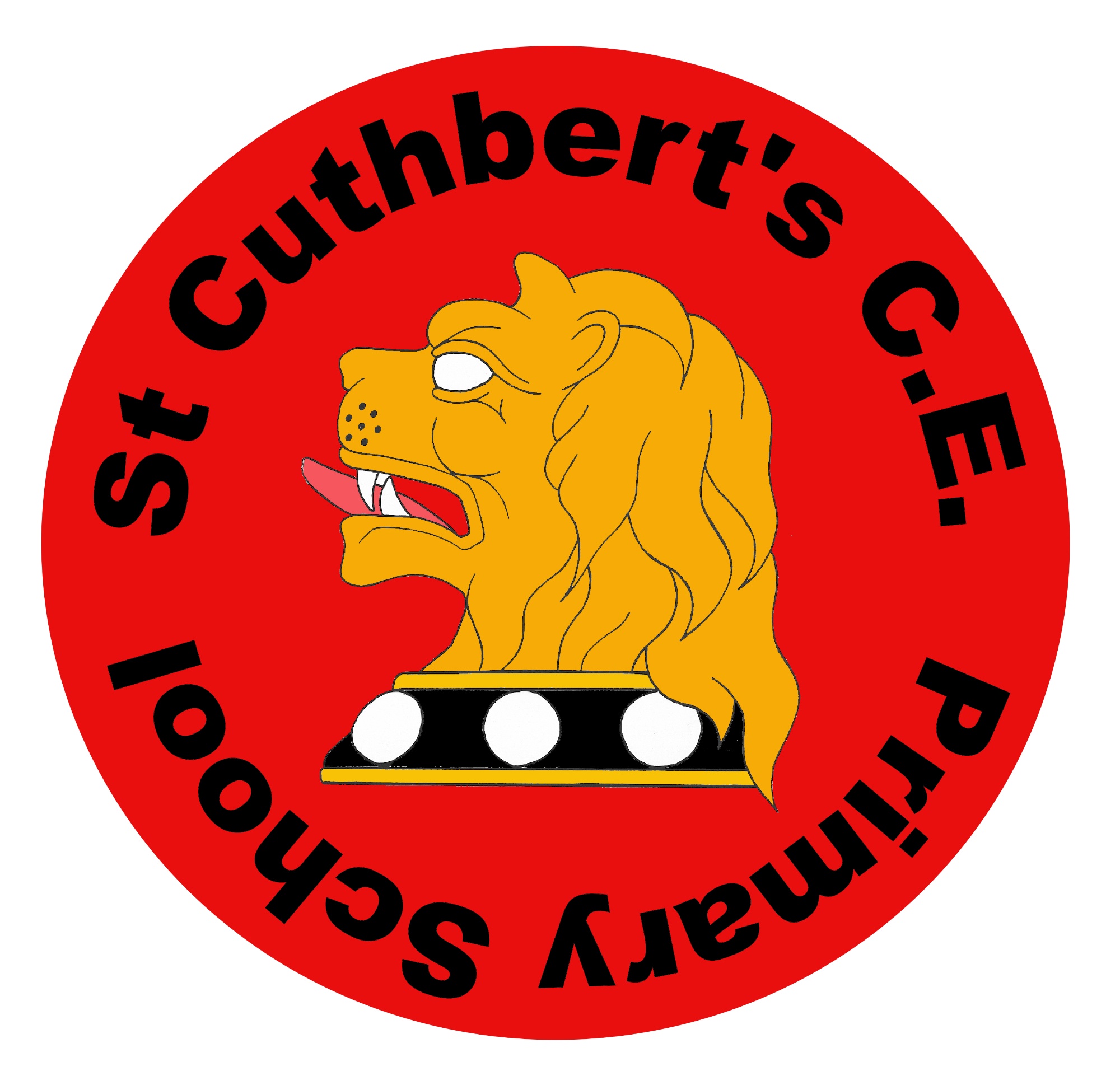Year 1
End of Year Expectations- Year 1
The table provides an overview for parents and carers on the end of year expectations for children at our school.
Meeting these objectives will help your child to make good progress as they move through the school. All the objectives will be worked on throughout the year and will be the focus of direct teaching.
Any extra support you can provide in helping your children to achieve these is valued greatly.
Reading
- Use phonic knowledge to read new words.
- Read words with contractions (e.g.: can’t, didn’t).
- Read words ending in -s, -es, -ing, -ed, -er and -est .
- Link their reading to their own experiences.
- Predict what a character might do next.
- Re-read books to build up fluency and confidence.
- Re-read to check that what they are reading makes sense.
- Recognise and join in with repeated words and phrases.
- Can pick out the title from other text.
- Make inferences about how a character feels based on what they say and do.
- Can retell known stories, traditional tales and fairy stories.
- Know the difference between fiction and non-fiction texts.
Writing
- Say sentences out loud before writing.
- Write clearly demarcated sentences using capital letters and full stops.
- Use adjectives to describe size and colour.
- Use story language to start and end stories (e.g.; ‘Once upon a time’ ‘Happily ever after’).
- Use conjunctions to join sentences (e.g. and, so, but).
- Use a capital letter for names of people, places, the days of the week, and ‘I’.
- Use question marks and exclamation mark.
- Write a sequence of sentences to form a short story.
- Form lower case letters, capital letters and the digits 0-9 correctly.
Mathematics
- Count to and across 100, forwards & backwards from any number.
- Read and write numbers to 100 in numerals.
- Say 1 more/1 less of any number up to 100.
- Count forwards and backwards in twos, fives and tens from 0.
- Use the language of equal to, more than, less than (fewer), most, least.
- Use bonds and subtraction facts to 20. •Add & subtract 1 digit & 2 digit numbers to 20, including zero.
- Recall and use doubling facts for numbers up to double 10, halving facts for numbers up to half of 20.
- Recognise and use language relating to dates, including days of the week, months of the year.
- Recognise and know the value of different denominations of all coins and notes.
- Tell time to the hour & at half past.
